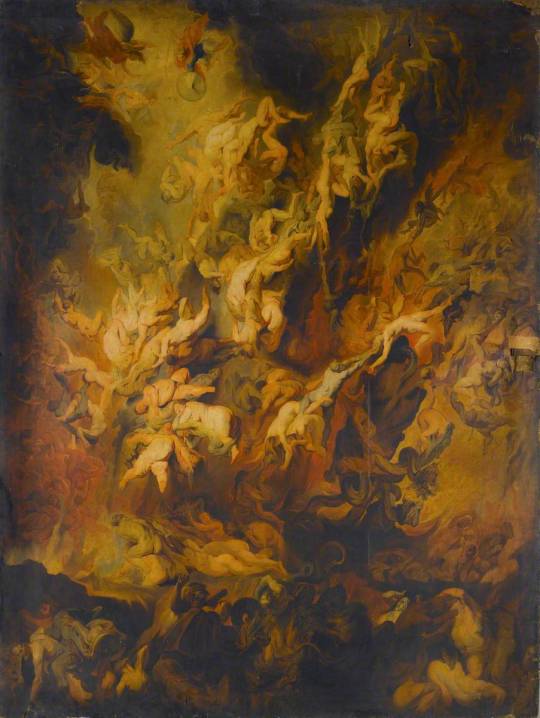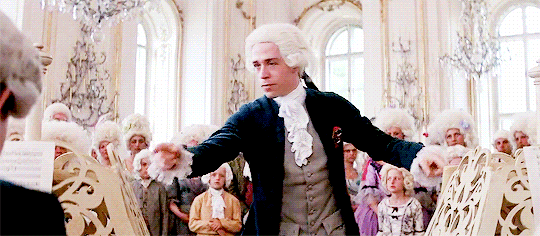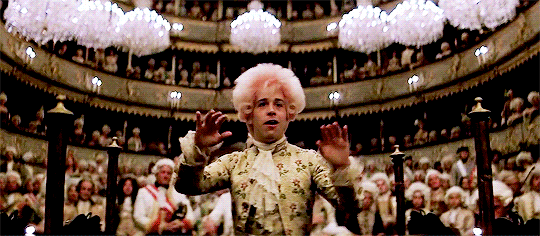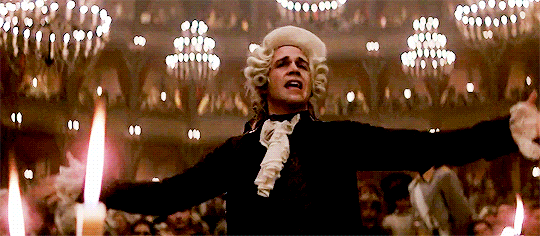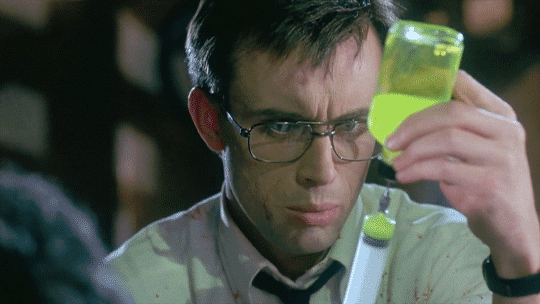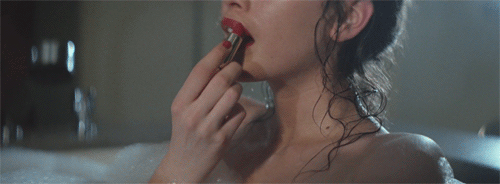Photo

Jules Lefebvre, Allégorie de la Victoire (detail)
19th century
48K notes
·
View notes
Photo

Last Breath (c. 1900 / Mezzotint) - John Lumsden Propert
963 notes
·
View notes
Photo
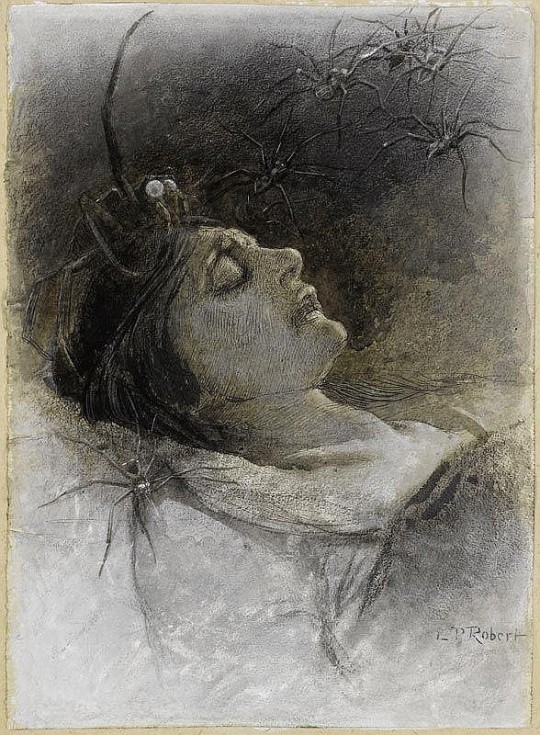
Léo-Paul Robert (Swiss, 1851-1923)
Arachnophobe’s nightmare, N/D
Ink and wash heightened with white, 27x19 cm
1K notes
·
View notes
Photo
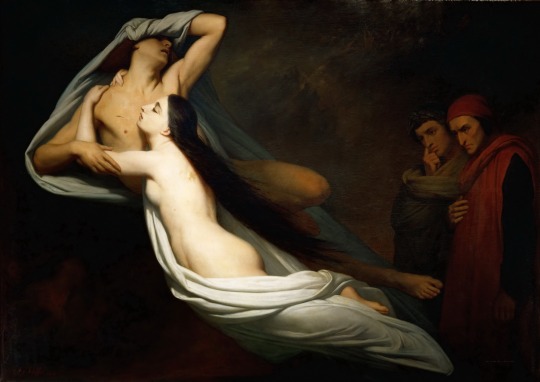
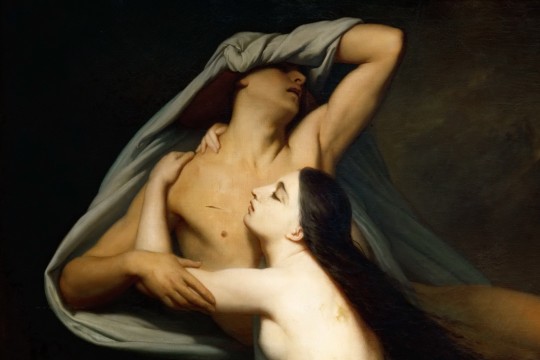
The Ghosts of Paolo and Francesca Appear to Dante and Virgil (1855) ~ by Ary Scheffer…
2K notes
·
View notes
Photo
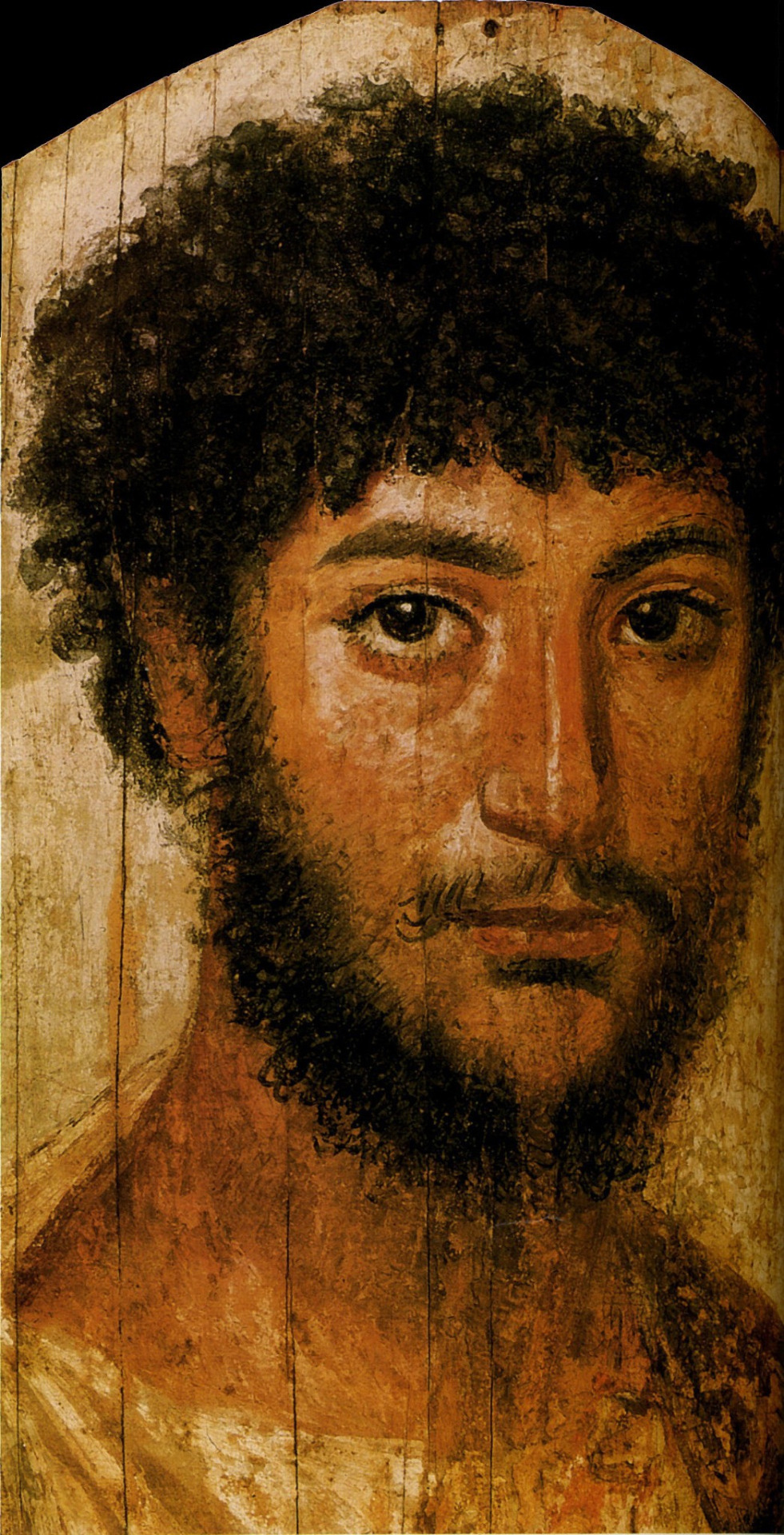
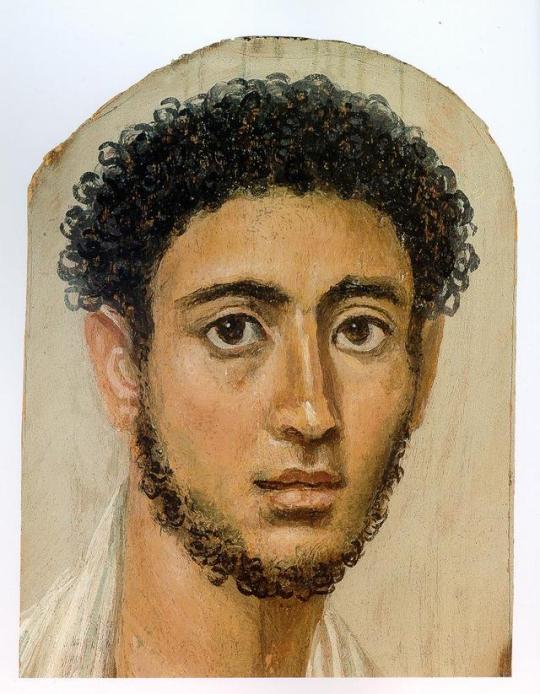
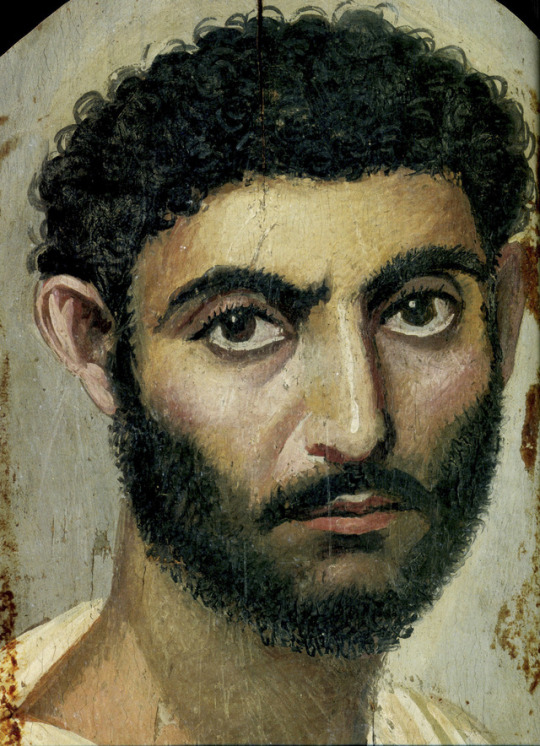
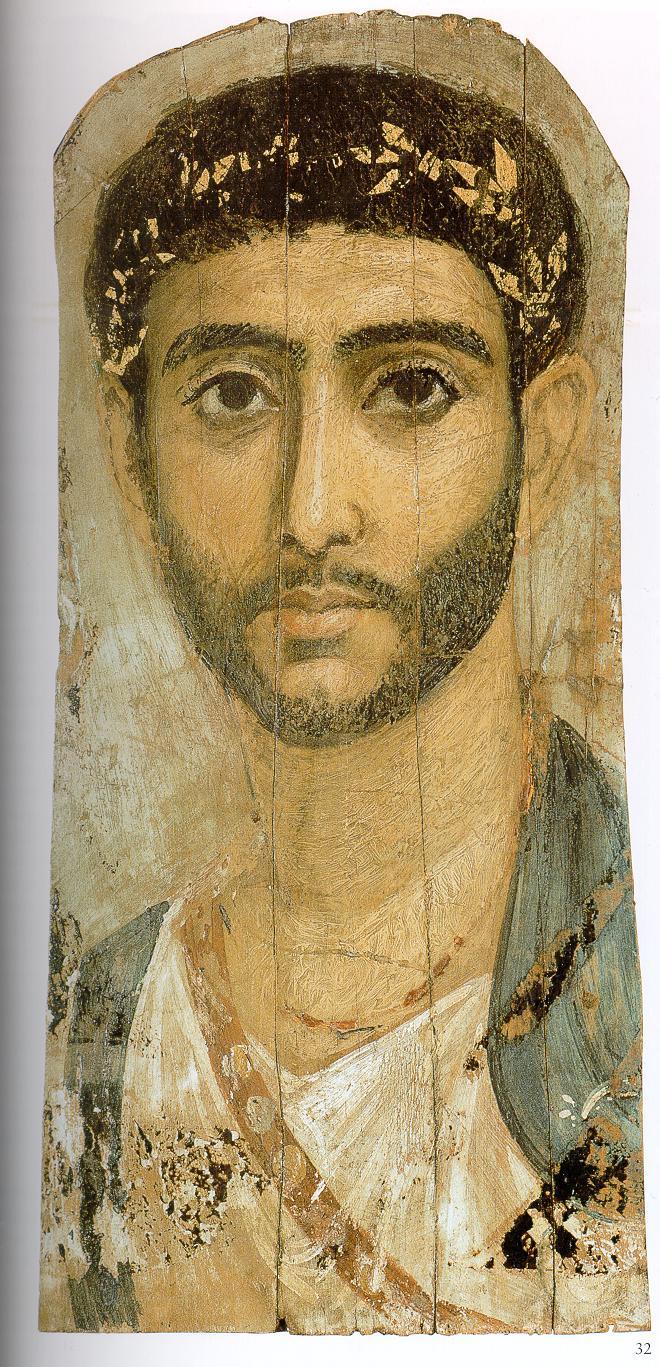






The Ancient faces of the Fayum mummy portraits
Egypt
Mummy portraits or Fayum mummy portraits (also Faiyum mummy portraits) is the modern term given to a type of naturalistic painted portrait on wooden boards attached to Egyptian mummies from the Coptic period. They belong to the tradition of panel painting, one of the most highly regarded forms of art in the Classical world. In fact, the Fayum portraits are the only large body of art from that tradition to have survived.
Mummy portraits have been found across Egypt, but are most common in the Faiyum Basin, particularly from Hawara in the Fayum Basin (hence the common name) and the Hadrianic Roman city Antinoopolis. “Faiyum Portraits” is generally thought of as a stylistic, rather than a geographic, description. While painted cartonnage mummy cases date back to pharaonic times, the Faiyum mummy portraits were an innovation dating to the Coptic period at the time of the Roman occupation of Egypt.
They date to the Roman period, from the late 1st century BC or the early 1st century AD onwards. It is not clear when their production ended, but recent research suggests the middle of the 3rd century. They are among the largest groups among the very few survivors of the highly prestigious panel painting tradition of the classical world, which was continued into Byzantine and Western traditions in the post-classical world, including the local tradition of Coptic iconography in Egypt.
The portraits covered the faces of bodies that were mummified for burial. Extant examples indicate that they were mounted into the bands of cloth that were used to wrap the bodies. Almost all have now been detached from the mummies. They usually depict a single person, showing the head, or head and upper chest, viewed frontally. In terms of artistic tradition, the images clearly derive more from Graeco-Roman traditions than Egyptian ones.
Two groups of portraits can be distinguished by technique: one of encaustic (wax) paintings, the other in tempera. The former are usually of higher quality. About 900 mummy portraits are known at present. The majority were found in the necropoleis of Faiyum. Due to the hot dry Egyptian climate, the paintings are frequently very well preserved, often retaining their brilliant colours seemingly unfaded by time.
Personally I`ve seen some at the Museum and was stunned and hypnotized by the ancient 2000 year-old faces looking at me as if they were there with me.
2K notes
·
View notes
Photo
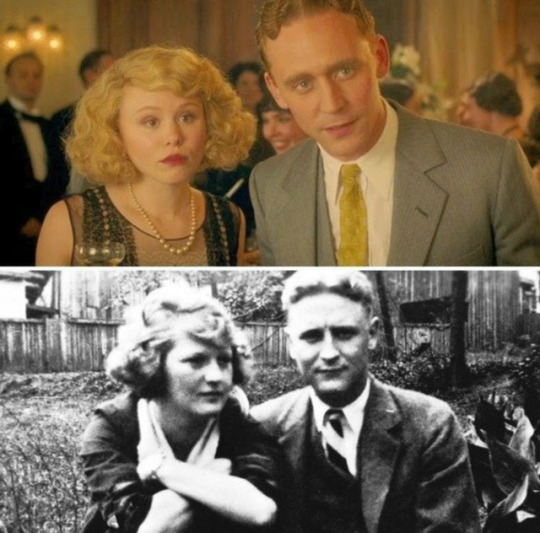
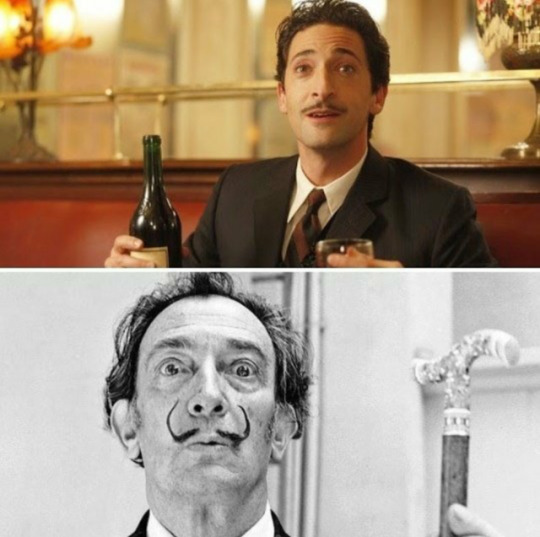


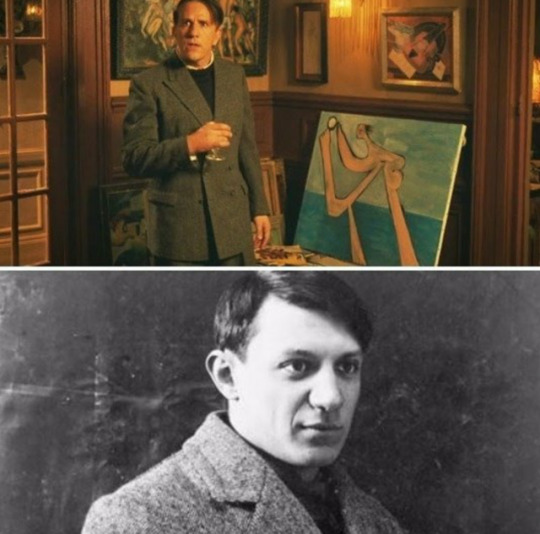
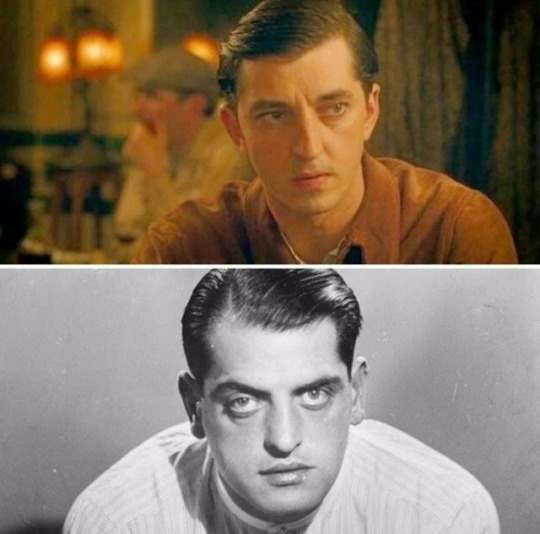
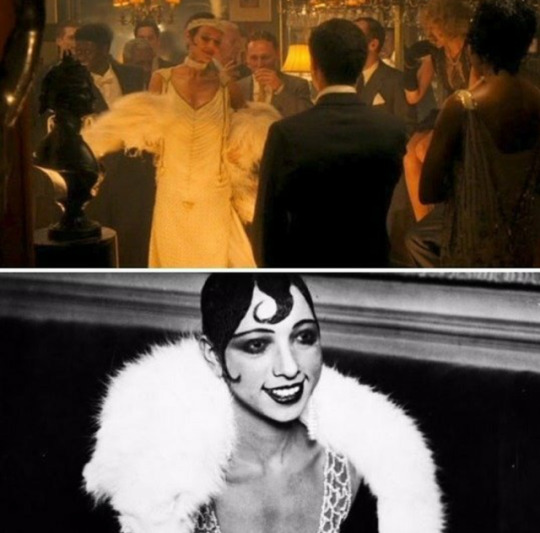
Midnight in Paris, its players and those who play them.
4K notes
·
View notes
Photo

“Have no fear of perfection - you’ll never reach it.“
Salvador Dali.
2K notes
·
View notes
Photo
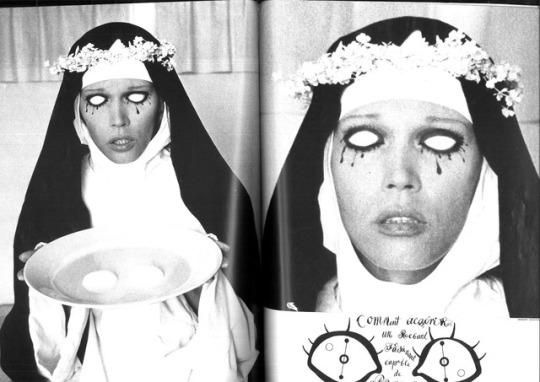
Amanda Lear, photographed by David Bailey, for the Vogue Paris December 1971 issue, guest-edited by Salvador Dalí
5K notes
·
View notes
Photo
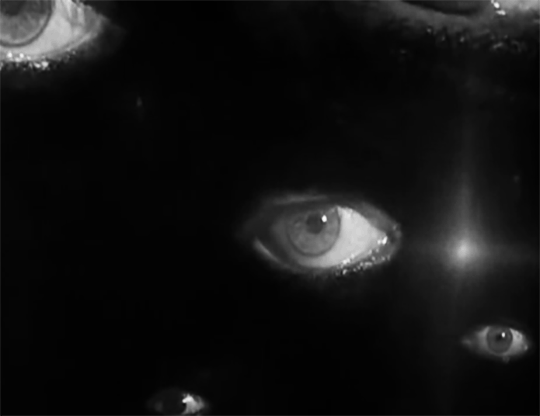

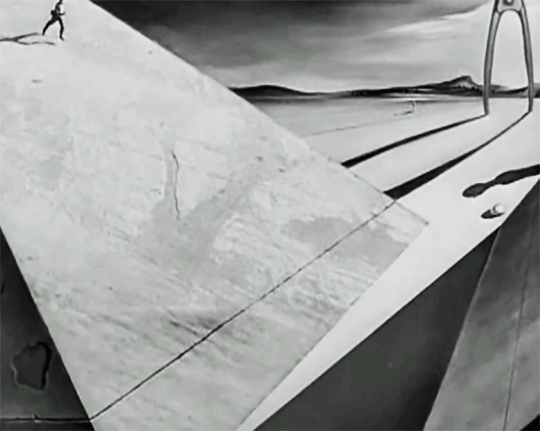
Salvador Dali’s Dream Sequence in Alfred Hitchcock’s Spellbound (1945)
12K notes
·
View notes
Photo
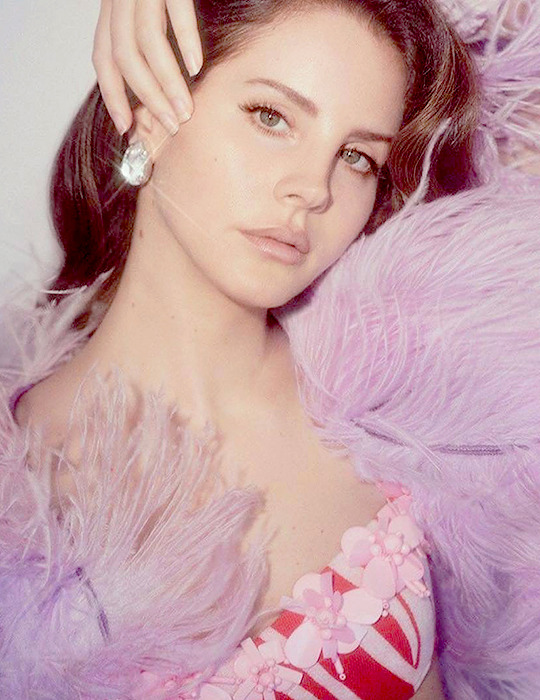

Lana Del Rey photographed by Charlotte Wales for Dazed.
12K notes
·
View notes
